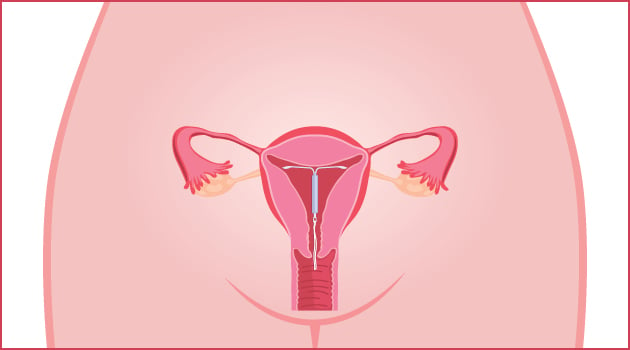The nurse practitioner squinted at the mysterious spot that “lit up” on Nick’s lung scan.
My husband had recently been diagnosed with throat cancer. And the next step was to do a more comprehensive body scan to see if the cancer had spread anywhere else.
Lo and behold, the scan revealed something troubling in his right lung. His doctors were very measured about it. They would need to do a biopsy of the “mass,” but it was strictly a formality. Non-cancerous stuff “lights up” all the time. Probably nothing to be worried about.
But they had to be thorough.
“Hmm, this definitely looks cancerous to me,” said the nurse practitioner. “I can tell your lungs are damaged.”
She delivered this judgement with a look of barely concealed satisfaction.
“Wow, that’s cruel and completely inappropriate,” a neutral observer might have said.
But I’d already spent hours Googling “throat cancer metastasized to lung” and had internalized one general theme: It was “ominous.”
Powerless
I immediately floated off into some strange state of shock and anxiety. It felt like I’d been abruptly dumped into a rickety rowboat and then flung out into a stormy sea.
On top of this general sensation — that I was facing imminent danger and was completely powerless to stop it— my mind was suddenly flooded with thoughts that ranged from the existential (what would I do without this man who understands and appreciates even my very worst qualities?) to the practical (I would move into the closet-bedroom at the end of the hall and rent out our former bedroom in order to avoid foreclosure).
“You’re not saying much, Shannon,” remarked my eternal enemy, the nurse practitioner.
The wrong kind of weight loss
Nick had his lung biopsied the next day, and then we had to wait over a week to get the results. This interlude was not very relaxing.
Cliches abound for these sorts of situations.
“I couldn’t eat, I couldn’t sleep,” people say, and we writer types wish they’d think of a more creative way to describe the experience.
Suddenly I could relate very well to these clichéd descriptions: Obsessing about the approaching doom, I didn’t sleep. Consumed with anxiety, I ate only for basic survival. One day I decided to have a spoonful of peanut butter for a “meal.”
It tasted like nothing and felt like a disgusting glob of gluey Play-Doh. I gagged and washed it down with a slug of water.
“Wow, you look amazing!” remarked a colleague.
Nick hadn’t even started treatment and I’d already dropped about 10 pounds.
“Thanks,” I said.
I couldn’t help but think of a friend who had struggled for years with an eating disorder. During one spell of sickness, she lost weight rapidly — and later told me the compliments about her body had increased in direct correlation with her dangerous weight loss.
I was depressed and forlorn, but I did look pretty good — if by “good” you mean “underweight.” Tortured on the inside, smokin’ on the outside!
I theorized this was due to some evolutionary drive to maximize my attractiveness should I end up widowed and in need of a new mate to help pay the bills.
Less is more
When Nick got cancer, many of our friends stepped up and offered support — organizing meal trains, sending sympathetic letters, even paying for a housecleaner.
His cancer diagnosis also made some people incredibly uncomfortable. Some friends disappeared; others complimented Nick’s famished physique (chemo and radiation are so slimming!) or insisted on looking on the bright side.
I suppose what I’m getting at here is that when it comes to helping friends through trouble and tragedy, sometimes less is more. It’s like that rule about accessorizing: Get all dressed up in a manner that seems just perfect, and then remove one thing.
Similarly, when your friend is facing some trial, start by showing up.
Ask how they’re doing, offer specific types of help or just admit you’re uncomfortable — and don’t know what to say — but you give a damn. And then when you feel the urge to heap on a dollop of positivity — “At least the chemo isn’t making your hair fall out!” — treat it like the unnecessary “statement necklace” that it is and, bless your heart, keep it to yourself.
Note: The lung biopsy turned out to be negative for cancer. Nick’s first post-treatment scan was “clear” and he’s recovering.
Shannon Keough lives in St. Paul with her husband and two children. Read Cancer Wife, Part 1.




















